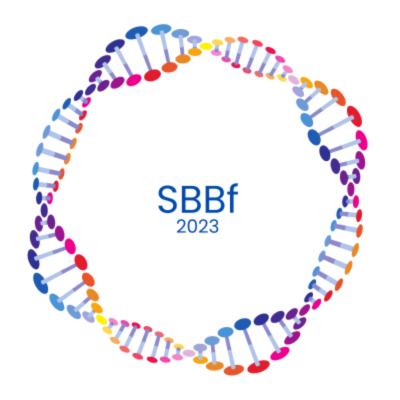Proceedings of the 47th Annual Meeting of the Brazilian Biophysical Society
ANALYZING THE INFLUENCE OF D40L MUTATION ON THE ANNEXINA11 PROTEIN AND ITS RELATION WITH AMYOTROPHIC LATERAL SCLEROSIS
How to cite this paper?
To cite this paper use one of the standards below:
How to cite this paper?
Annexins are proteins that bind to phospholipids and are extremely important in the homeostasis of the organism since they participate in fundamental processes, such as cell signaling, cell growth regulation, apoptosis, inflammation, anti-coagulation, vesicle fusion and intracellular transport. Furthermore, the bindings carried out by the protein are calcium-dependent. Annexin A11 (AnxA11) is linked to systemic autoimmune diseases, among other medical conditions; it has been reported that alterations in the protein in question can be associated with the development of various types of cancer, resistance to chemotherapy and tumor recurrence. In addition, mutations in residue D40 of AnxA11 have been frequently related to patients with Amyotrophic Lateral Sclerosis (ALS). Such a mutation generates intracellular aggregates and interferes with the interaction with molecular partners; until now, three mutations have been detected: D40G, G40L and D40Y. More specifically, the D40L mutation has been linked to a case of severe and rapidly progressive oculopharyngeal muscular dystrophy with childhood onset. Nonetheless, the precise molecular mechanisms by which these mutations influence the general functionalities of AnxA11 and their consequent association with the progression of ALS remain obscure. In this ongoing project, we proposed to study how the D40L mutation affects the biophysical and biochemical properties of human AnxA11, understand the development of the pathology generated by the mutation and try to identify the characteristics of the formed aggregates. The mutant has already been engineered using advanced molecular biology techniques, and we have established an efficient protocol for the expression and purification of this complex protein. Experiments comparing the mutant with the native protein using spectroscopic methodologies are currently underway. With the progress of this project, we expect to uncover new insights into the role of this mutation in disease progression and potentially pave the way for novel therapeutic approaches.
- 1. Protein Dynamics and Function
Streamline your Scholarly Event
With nearly 200,000 papers published, Galoá empowers scholars to share and discover cutting-edge research through our streamlined and accessible academic publishing platform.
Learn more about our products:
How to cite this proceedings?
This proceedings is identified by a DOI , for use in citations or bibliographic references. Attention: this is not a DOI for the paper and as such cannot be used in Lattes to identify a particular work.
Check the link "How to cite" in the paper's page, to see how to properly cite the paper

